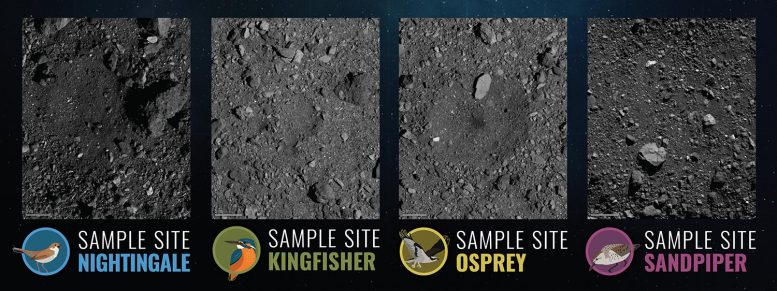
These images show the four candidate sample collection sites on asteroid Bennu: Nightingale, Kingfisher, Osprey, and Sandpiper. One of these four sites will ultimately be the location on which NASA’s OSIRIS-REx spacecraft will touch down to collect a sample. Credit: NASA/Goddard/University of Arizona
NASA’s OSIRIS-REx mission is just days away from selecting the site where the spacecraft will snag a sample from asteroid Bennu. After a lengthy and challenging process, the team is finally ready to down-select from the four candidate sites to a primary and backup site.
OSIRIS-REx is NASA’s first asteroid sample return mission, so this decision of a sample collection site is key for asteroid operations and mission success.
After selecting the four candidate sample sites – Sandpiper, Osprey, Kingfisher, and Nightingale – in July, the mission completed its Reconnaissance A phase. During Recon A, the OSIRIS-REx spacecraft performed a month-long series of four flyovers – one over each potential sample collection site. This mission phase provided the team with high-resolution imagery in order to thoroughly examine the sampleability (fine-grained material), topography, albedo, and color of each site. The data collected from these high-altitude flyovers is central for determining which site is best-suited for sample collection.
In reality, the potential sample sites are not large, clear areas, but rather small spaces surrounded by large boulders, so navigating the spacecraft in and out of the sites will require a bit more fine-tuning than originally planned.
While the mission is one step closer to collecting a sample, Recon A observations have revealed that even the best candidate sites on Bennu pose significant challenges to sample collection, and the choice before the site selection board is not an easy one.
“Sample site selection really is a comprehensive activity. It requires that we look at many different types of data in many different ways to ensure the selected site is the best choice in terms of spacecraft safety, presence of sampleable material, and science value,” said Heather Enos, OSIRIS-REx deputy principal investigator at the University of Arizona, Tucson, and chair of the sample site selection board. “Our team is incredibly innovative and integrated, which is what makes the selection process work.”
The most recent images show that while there is fine-grained material (smaller than 2.5 cm in diameter), much of it may not be easily accessible. The mission was originally designed for a beach-like surface, with “ponds” of sandy material, not for Bennu’s rugged terrain. In reality, the potential sample sites are not large, clear areas, but rather small spaces surrounded by large boulders, so navigating the spacecraft in and out of the sites will require a bit more fine-tuning than originally planned.
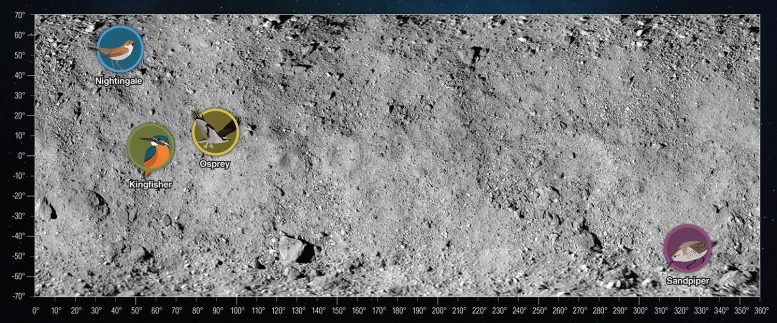
This flat projection mosaic of asteroid Bennu shows the relative locations of the four candidate sample collection sites on the asteroid: Nightingale, Kingfisher, Osprey and Sandpiper. NASA’s OSIRIS-REx spacecraft is scheduled to touch down on one of these four sites to collect a sample in summer 2020. Credit: NASA/Goddard/University of Arizona
Starting in Bennu’s southern hemisphere, site Sandpiper was the first flyover of the Recon A mission phase. Sandpiper is one of the “safer” sites because it is located in a relatively flat area, making it easier for the spacecraft to navigate in and out. The most recent images show that fine-grained material is present, but the sandy regolith is trapped between larger rocks, which makes it difficult for the sampling mechanism to operate.
Site Osprey was the second site observed during Recon A. This site was originally chosen based on its strong spectral signature of carbon-rich material and because of a dark patch in the center of the crater, which was thought to possibly be fine-grained material. However, the latest high-resolution imagery of Osprey suggests that the site is scattered with material that may be too large to ingest for the sampling mechanism.
Site Kingfisher was selected because it is located in a small crater – meaning that it may be a relatively young feature compared to Bennu’s larger craters (such as the one in which Sandpiper is located). Younger craters generally hold fresher, minimally-altered material. High-resolution imagery captured during the Recon A flyover revealed that while the original crater may be too rocky, a neighboring crater appears to contain fine-grained material.
Recon A concluded with a flyover of site Nightingale. Images show that the crater holds a good amount of unobstructed fine-grained material. However, while the sampleability of the site ranks high, Nightingale is located far to the north where the lighting conditions create additional challenges for spacecraft navigation. There is also a building-size boulder situated on the crater’s eastern rim, which could be a hazard to the spacecraft when backing away after contacting the site.
The team is mere months away from a sample collection attempt at the asteroid surface. Credit: NASA’s Goddard Space Flight Center
Bennu has also made it a challenge for the mission to identify a site that won’t trigger the spacecraft’s safety mechanisms. During Recon A, the team began cataloging Bennu’s surface features to create maps for the Natural Feature Tracking (NFT) autonomous navigation system. During the sample collection event, the spacecraft will use NFT to navigate to the asteroid’s surface by comparing the onboard image catalog to the navigation images it will take during descent. In response to Bennu’s extremely rocky surface, the NFT system has been augmented with a new safety feature, which instructs it to wave-off the sampling attempt and back away if it determines the point of contact is near a potentially hazardous surface feature. With Bennu’s building-sized boulders and small target sites, the team realizes that there is a possibility that the spacecraft will wave off the first time it descends to collect a sample.
Sample collection is scheduled for summer 2020, and the sample will return to Earth in September 2023.
“Bennu’s challenges are an inherent part of this mission, and the OSIRIS-REx team has responded by developing robust measures to overcome them,” said Mike Moreau, OSIRIS-REx deputy project manager at Goddard. “If the spacecraft executes a wave-off while attempting to collect a sample, that simply means that both the team and the spacecraft have done their jobs to ensure the spacecraft can fly another day. The success of the mission is our first priority.”
Whichever site wins the race, the OSIRIS-REx mission team is ready for whatever new challenges Bennu may bring. Next spring, the team will undertake further reconnaissance flights over the primary and backup sample sites, and will then start spacecraft rehearsals for touchdown. Sample collection is scheduled for summer 2020, and the sample will return to Earth in September 2023.
NASA’s Goddard Space Flight Center in Greenbelt, Maryland provides overall mission management, systems engineering, and the safety and mission assurance for OSIRIS-REx. Dante Lauretta of the University of Arizona, Tucson, is the principal investigator, and the University of Arizona also leads the science team and the mission’s science observation planning and data processing. Lockheed Martin Space in Denver built the spacecraft and is providing flight operations. Goddard and KinetX Aerospace are responsible for navigating the OSIRIS-REx spacecraft. OSIRIS-REx is the third mission in NASA’s New Frontiers Program, which is managed by NASA’s Marshall Space Flight Center in Huntsville, Alabama, for the agency’s Science Mission Directorate in Washington.

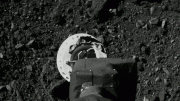
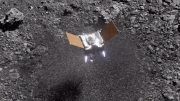
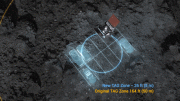
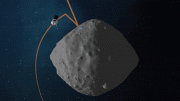
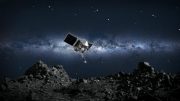
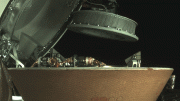
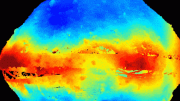

Thanks for your efforts.